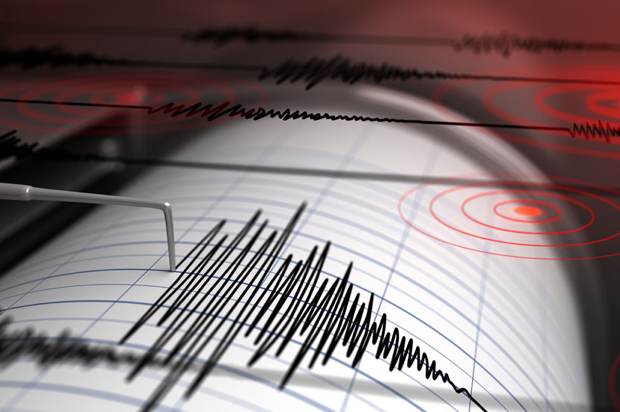Liberty Mutual Re backs first US sensor parametric quake cover for University of California

Liberty Mutual Reinsurance (Liberty Mutual Re) has again partnered with seismic sensor tech-provider Safehub to provide what they are calling the first sensor-based parametric earthquake insurance cover in the United States, with the policyholder being the University of California.
Previously, the companies had announced a partnership to deliver building-specific, sensor-based, parametric earthquake re/insurance product that is available to clients globally.
The use of real-time sensors and data derived from them, to construct parametric triggers and source calculation inputs for accurate and tightly calibrated parametric insurance or reinsurance products, is a trend we first wrote about well over a decade ago and one we anticipate accelerating as sensors become increasingly ubiquitous.
Liberty Mutual Re was already a leader in this space, having announced a parametric reinsurance treaty for earthquakes that takes its trigger from installed sensor data provided through Safehub technology last year.
Now, the pair have delivered the first building-specific, sensor based parametric earthquake insurance cover in the US.
“The UC coverage is the first sensor-triggered parametric earthquake coverage to be purchased in the United States as LM Re and Safehub continue to expand their reach to offer the solution worldwide,” the companies explained today.
Liberty Mutual Re acted as the insurer, also leveraging additional reinsurance capacity from Munich Re. While Alliant brokered the deal, and Howden was also involved in the placement.
In developing the parametric arrangement, a total of 180 Safehub sensors installed across multiple UC locations.
Peak spectral acceleration (PSA) values recorded by Safehub’s sensors at the University of California locations will be used to trigger and settle claims.
The companies said that the number of Safehub sensors set to installed across UC campuses actually exceeds the number of earthquake sensors that the state of California has installed in all buildings statewide.
Jean-Christophe Garaix, Head of Agriculture and Parametrics at LM Re, said, “We are delighted to partner with Safehub to provide the University of California with sensor-based parametric earthquake coverage, offering unparalleled protection to earthquake damages.
“Our goal is to expand our reach to provide policyholders worldwide with this comprehensive solution, building on the success we have had in Mexico and the Caribbean.”
Andy Thompson, CEO of Safehub, added, “Together with Liberty Mutual Re, we are excited to work with the University of California and its individual campuses to support the earthquake recovery of these prestigious academic institutions.”
Michael Roth, public sector practice lead at Munich Re Capital Partners, also said, “Munich Re is supporting and driving innovation in parametric risk transfer across the globe. Reducing the basis risk by using sensors in parametric insurance provides a robust value proposition. It is another step towards a growing convergence of parametric and traditional insurance.”
David Evans, senior vice president at Alliant Specialty, commented, “UC is an organisation built on innovation and continuous improvement. UC’s risk management team fully embraces this approach, always seeking new ways to innovate and improve upon its programs.
“By incorporating sensors into the earthquake insurance placement, they have gained real-time, critical building data across all campuses and med centers. This is expected to reduce disaster recovery times and costs and enhance the university’s resiliency.”
As we explained before, what’s really interesting about the use of sensor technology in parametric risk transfer, is how, as sensors become increasingly ubiquitous, data can be collected from a defined array of sensors to provide wider-area coverage as well, such as for multiple sites, or for reinsurance treaties.
This University of California use-case is a perfect example, as an entity with multiple locations and properties to protect secures a single insurance product to provide responsive risk transfer across them all in the event of earthquakes occurring that activate the parametric trigger.
Sensors could become particularly relevant for large buyers of earthquake insurance, as major corporate insurance buyers could protect multiple specific site locations and their employees using products such as this, in a similar use-case to Google’s much-discussed catastrophe bonds.






